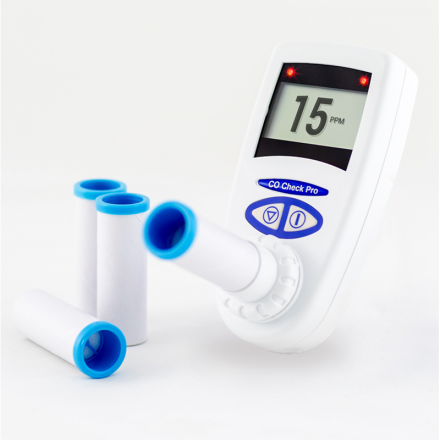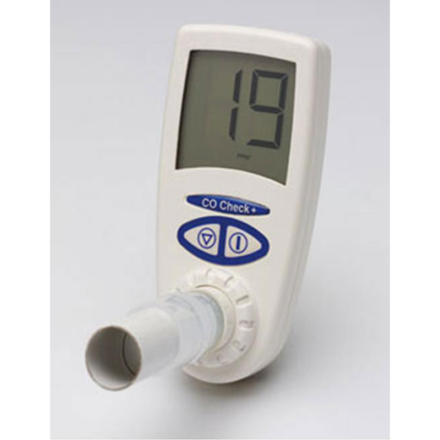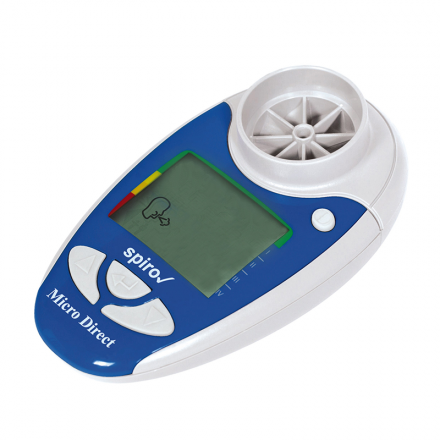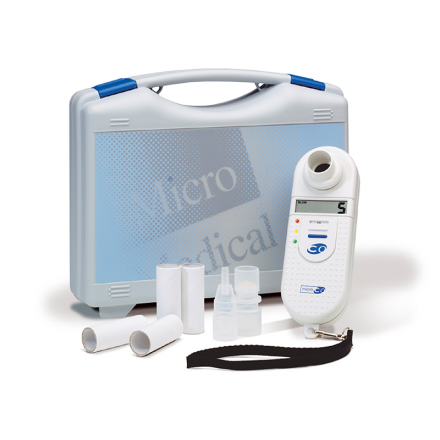Smoking Cessation


The CDC estimates that about 42 million Americans or 18% of all adults are smokers; and under the Affordable Care Act (ACA) smoking cessation must be treated as one of the preventive services that private health plans are required to cover without cost-sharing or prior authorization.
All patients attending a smoking cessation program should have their smoking habits established and checked with a breath CO monitor at every visit. The results of an initial test may sound alarming to many smokers but within a few days of stopping, CO levels can drop to normal and it is very encouraging for a smoker to see this. CO monitoring is an extremely powerful tool for a smoking cessation counselor, physician or respiratory therapist.
As an aid to smoking cessation, a breath CO monitor can be used as a motivational and educational tool. Self-reported smoking status has been shown to be unreliable and a CO monitor replaces this.1
SMOKING CESSATION





